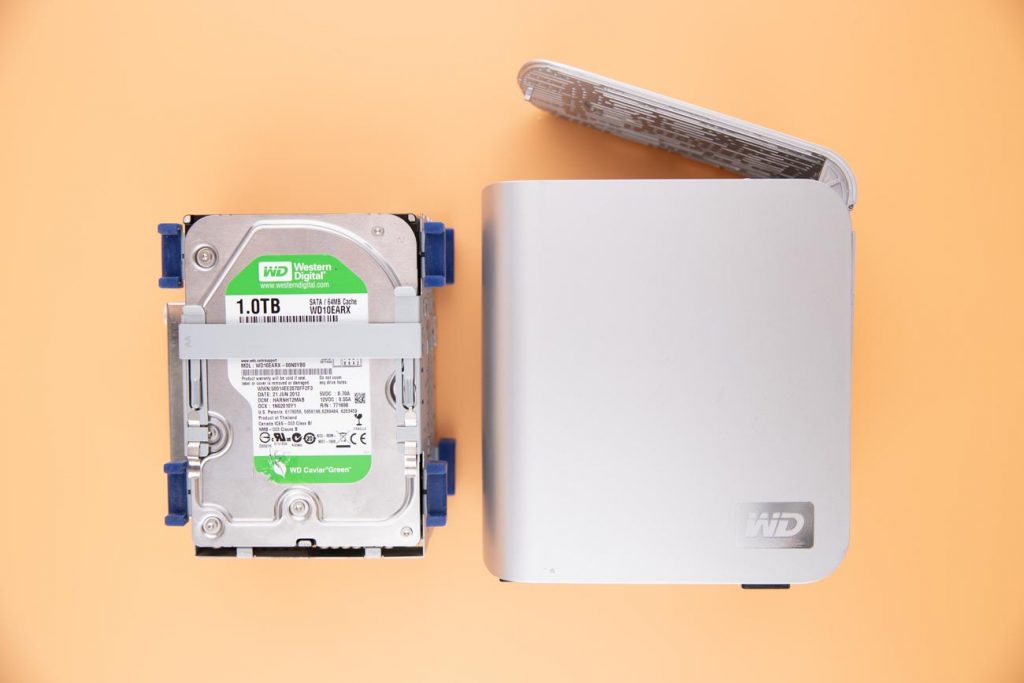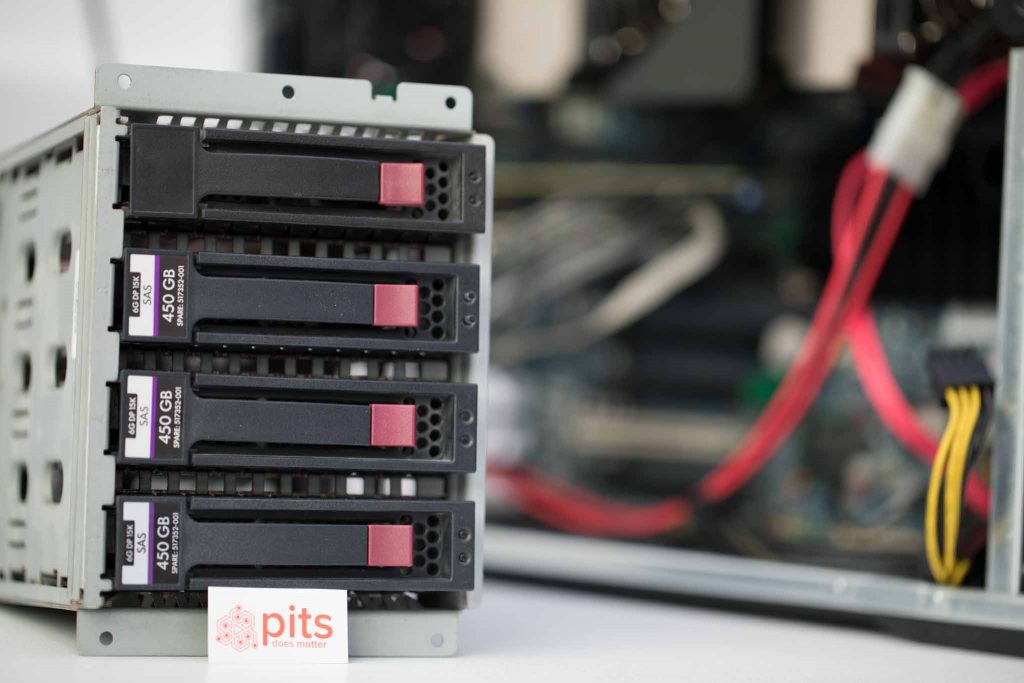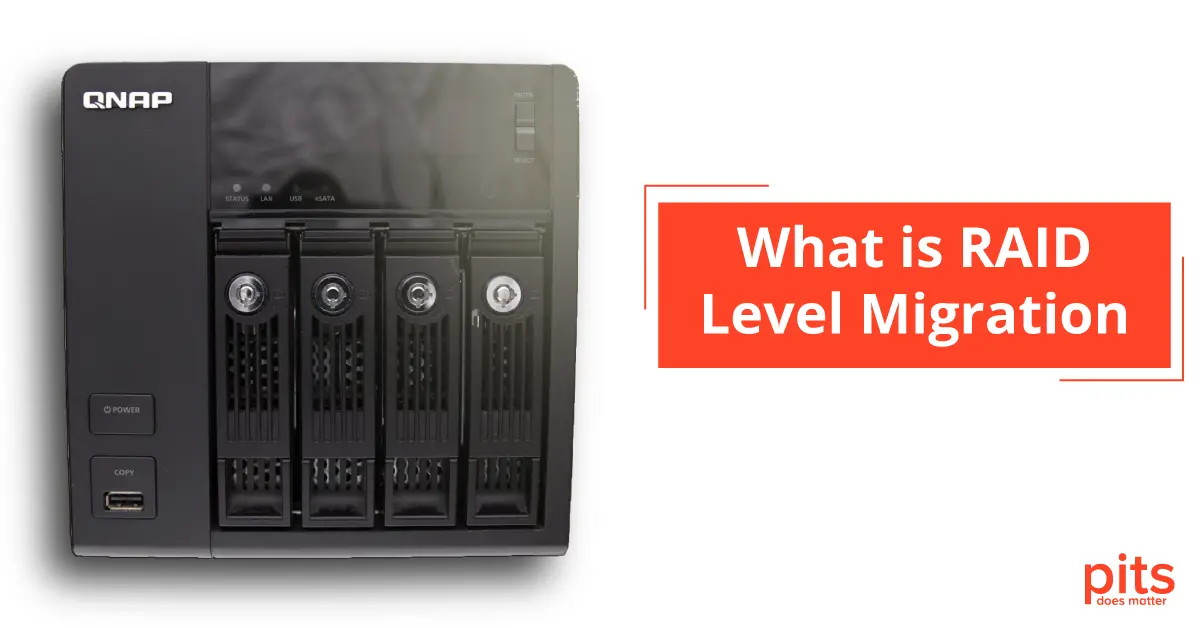RAID Level Migration is a critical process that can significantly enhance your data storage strategy. But first, let’s take a step back. RAID, or Redundant Array of Independent Disks, is a technology that combines multiple disk drives into a single unit to improve performance, increase data redundancy, or achieve a balance of both.
As your storage needs evolve, you might need to shift from one RAID configuration to another – a process known as RAID Level Migration. This transition can help you optimize your data storage for your current requirements. But how do you execute this migration correctly to prevent potential data loss? This blog aims to guide you through the intricacies of RAID and the critical steps in performing a successful RAID Level Migration.
What is RAID Level Migration?
RAID Level Migration is changing from one RAID configuration to another while keeping the data on the drives intact. It allows you to optimize your storage configuration based on your current needs without losing critical data.
For example, if you initially set up a RAID 1 with two mirrored drives for data redundancy but now require more performance, you can migrate to a RAID 5 or RAID 10 configuration.
This process is also useful when you need to expand storage capacity without wiping out existing data. Depending on your storage setup, RAID Level Migration can utilize software or hardware-based solutions.

There are several RAID types, each with unique characteristics and use cases. It’s essential to understand the differences between them before deciding on a RAID Level Migration.
Some RAID Level Migration Types
- RAID 0 to RAID 5 – This migration involves going from a striped setup with no data redundancy to one that offers both performance and data protection.
- RAID 1 to RAID 5 – Moving from mirrored drives to a parity-based configuration for better performance and more storage space.
- RAID 5 to RAID 6 – This migration is useful when you need more data protection, as it adds redundancy.
- RAID 0 to RAID 10 – Shifting from a striped setup with no data redundancy to one combining striping and mirroring for performance and data protection.
RAID Migration Reasons
Migrating RAID levels is not a process to be taken lightly. It requires detailed planning and execution to ensure data integrity. While it might seem like a complex undertaking, there are several good reasons why migrating your RAID configuration could be beneficial.
Changing storage needs
As your data storage requirements evolve, you might need a different RAID type to optimize performance or provide better data protection.
Upgrading Hardware
As your data storage requirements evolve, you might need a different RAID type to optimize performance or provide better data protection.
Reducing Costs
Some RAID configurations require more drives than others, which can impact the overall cost of your storage solution. Migrating to a more efficient RAID array can help you save on hardware expenses.
Improving Performance
Different RAID levels offer varying performance degrees, and migrating to a faster setup can enhance data processing for critical applications or workloads.
Online RAID Level Migration
Online RAID Level Migration is a term used to describe the process of transitioning from one RAID level to another without taking your system offline. This technique allows you to continue using your data and applications during the migration, minimizing downtime or disruption. However, it’s essential to note that online RAID Level Migration might not be available for all RAID arrays and configurations.

Additionally, it requires a reliable and robust system to handle the data transfer while maintaining data integrity. Therefore, consulting with an expert or thoroughly researching your storage solution is crucial before attempting an online RAID-level migration.
Many storage device brands offer online RAID Level Migration as a feature. Some notable examples include Dell, HP, IBM, and NetApp.
However, checking with your specific storage device manufacturer is essential to ensure this functionality is supported for your RAID setup.
Steps to Perform a Successful RAID Level Migration
Now that we’ve established the importance of migrating RAID levels let’s look at the critical steps in executing it correctly.
Understand Your Current RAID Configuration
Before attempting any migration, thoroughly understand your current setup, including the number and types of drives used and the RAID array.
Backup Your Data
While RAID Level Migration is designed to prevent data loss, it’s always best to backup critical data before making any changes to your storage configuration.
Select the desired RAID type
Choose the appropriate RAID level for migration based on your current and future needs. Consider factors like performance, data protection, and cost.
Prepare the New Drives
If you’re adding new drives, ensure they are compatible with your current setup and prepare them according to the RAID level’s requirements.
Begin the Migration {rocess
Depending on your RAID implementation, start using software or hardware-based solutions.
Monitor the Progress
During the migration, it’s crucial to monitor the progress closely and address any errors that may arise.
Verify the Data
Once the migration is complete, verify that all your data has been successfully transferred to the new RAID level.
Test and Validate
After completing the migration, conduct thorough testing and validation to ensure everything functions correctly before putting the storage system back into production.
Failed RAID Level Migration Recovery
In conclusion, RAID Level Migration is an indispensable process for optimizing storage configurations in line with evolving data storage needs or hardware upgrades. While it offers certain benefits, such as improved performance, enhanced data protection, and cost efficiency, it is crucial to treat this process carefully.
Careful planning, a thorough understanding of current and desired RAID configuration, regular monitoring of the migration process, and post-migration testing are necessary to ensure data integrity and system functionality.
However, even with meticulous planning and implementation, RAID Level Migration may sometimes fail due to unforeseen issues, posing a risk to stored data. In such instances, PITS Global Data Recovery Services can be a lifesaver.
We specialize in recovering data from various RAID levels and configurations, regardless of the reason for failure. Leaning on our expertise can mitigate the risk of data loss and help ensure that your mission-critical data remains accessible and integrity intact, even in the face of potential system disruptions. Contact us today to safeguard your data!
Frequently Asked Questions
What is RAID Level Migration?
RAID Level Migration is transitioning from one RAID type to another. This can be necessary for optimizing storage configurations based on changing data storage needs or hardware upgrades.
Is it safe to migrate RAID levels?
While RAID Level Migration is designed to be safe and prevent data loss, it is a complex process that requires meticulous planning and execution. Always back up your critical data before making changes to your storage configuration.
Can I use my system during RAID Level Migration?
Yes, if you use Online RAID Level Migration, you can continue using your system during migration. However, this might not be available for all RAID configurations.
Does RAID Level Migration require additional hardware?
It depends on the RAID types involved in the migration. Some RAID level migrations may require additional drives or controllers.
What should I do if the RAID Level Migration fails?
PITS Global Data Recovery Services can help recover your data in case of migration failure. Contacting a professional is advisable to mitigate the data loss risk.
